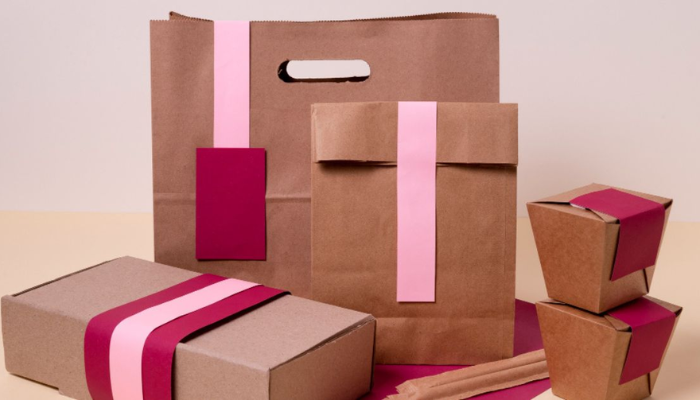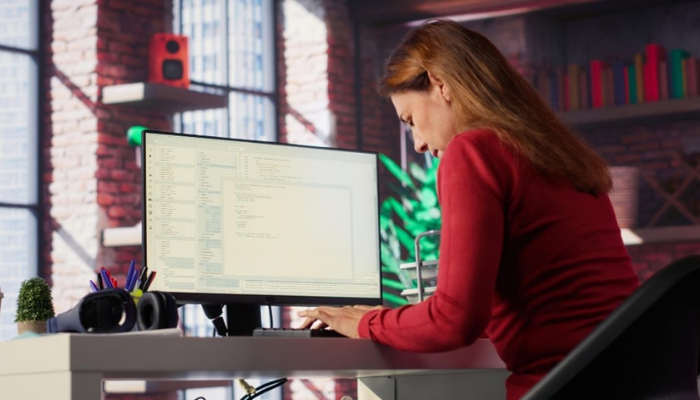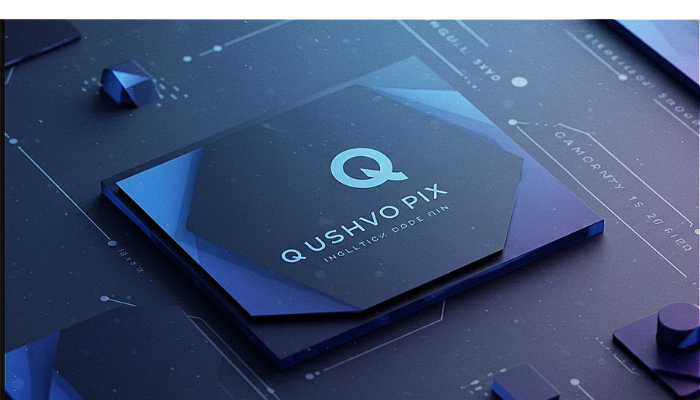The word pappedeckel may sound simple, but it represents a small item with massive potential for sustainability and creativity. Literally meaning cardboard lid in German, a pappedeckel is widely used in food service, packaging, and even upcycling projects. In a world where eco-friendly solutions are in demand, this humble cardboard accessory is stepping into the spotlight.
From protecting your coffee to serving as a versatile craft supply, the pappedeckel carries significance far beyond its modest appearance. In this article, we’ll explore the fascinating role of pappedeckel in modern life, uncovering its sustainable benefits, practical uses, and creative opportunities. Whether you are a café owner, a DIY enthusiast, or simply someone exploring eco-conscious choices, you’ll soon find that the pappedeckel deserves a prime spot in your daily life.
What Is a Pappedeckel?
At its simplest, a pappedeckel is a cardboard lid or cover designed to close containers, cups, or packaging securely. Unlike plastic alternatives, it is typically made from recyclable paper-based materials, making it both biodegradable and environmentally friendly. Its structure is sturdy enough to protect food and beverages, yet light enough to reduce the environmental footprint compared to denser materials.
Historically, the pappedeckel grew in popularity alongside the rise of take-away culture and increased awareness of single-use plastics. As businesses and consumers searched for greener options, cardboard lids emerged as an attractive and functional alternative. Beyond cafés and bakeries, pappedeckel is now used in storage boxes, craft projects, and even as protective covers for fragile items.
The Environmental Benefits of Using Pappedeckel
One of the main advantages of the pappedeckel lies in its eco-friendliness. Made from renewable resources such as paper pulp, it is biodegradable and often recyclable. Unlike plastic lids, which can take hundreds of years to decompose, a properly disposed cardboard lid returns harmlessly to the earth, promoting a circular economy. By choosing pappedeckel, consumers reduce plastic waste and support sustainable forestry practices.
Additionally, manufacturing pappedeckel generally requires less energy than producing plastic alternatives. Many producers now incorporate recycled paper in the production process, further reducing environmental impact. When used on a global scale, switching to cardboard lids could significantly cut down on landfill buildup and marine pollution, making the pappedeckel a symbol of positive ecological change.
Popular Uses of Pappedeckel in Everyday Life
In cafés and restaurants, the pappedeckel is most often seen as a practical lid for coffees, soups, or smoothies. Its tight fit prevents spills and maintains the temperature of beverages without compromising recyclability. Bakeries also use it to neatly cover small containers of spreads or pastries, ensuring food safety and convenience without relying on plastic packaging.
Beyond the food industry, pappedeckel finds a place in households and offices. It can act as a makeshift coaster, a cover for leftover food, or even a quick scrap-note in urgent situations. Parents and teachers also discover endless creative uses, from school art projects to simple storytelling props. Its low cost and wide availability make it a go-to material for practical and imaginative applications alike.
Creative Projects and DIY Ideas with Pappedeckel
For crafty individuals, a pappedeckel is a blank canvas brimming with creative potential. Kids can decorate them with paint, stickers, or markers to create toy shields, masks, or colorful collages. Crafters use pappedeckel to make mini photo frames, decorative garlands, or even holiday ornaments. With a bit of glue and imagination, a stack of cardboard lids can transform into something unique and artistic.
Eco-conscious DIY enthusiasts also turn pappedeckel into functional home objects. For example, they can be repurposed as drawer dividers, seedling trays for gardening, or rustic-looking coasters. The versatility of the material makes it ideal for experimentation, proving that sustainability can go hand in hand with creativity. By reusing what might otherwise be discarded, the humble pappedeckel sparks new life in everyday objects.
The Future of Pappedeckel in Sustainable Packaging
As global awareness of plastic pollution grows, the demand for eco-friendly packaging solutions like the pappedeckel continues to rise. Many companies are investing in innovative designs—such as water-resistant coatings made from biodegradable materials—to expand the range of applications for cardboard lids. This means that in the future, pappedeckel may even replace plastic in product categories previously considered impossible.
Moreover, consumers increasingly value brands that prioritize sustainability. Businesses adopting pappedeckel not only reduce their ecological impact but also enhance their reputations among environmentally aware customers. From small local bakeries to international chains, the future looks promising as the pappedeckel transitions from an everyday item to an icon of eco-responsibility.
Conclusion
The pappedeckel may seem like a minor detail in the world of packaging, but its influence is anything but small. From reducing plastic waste to unlocking new avenues of creativity and sustainability, it reminds us that even the simplest objects can make a difference. Whether you are sipping coffee, crafting decorations, or running a green business, the pappedeckel is a smart, eco-friendly choice.
By embracing cardboard lids, we participate in a larger movement toward responsible consumption and conscious living. In the end, the pappedeckel is much more than just a cover—it’s a symbol of innovation, resourcefulness, and care for our planet.
FAQs about Pappedeckel
1. What does “pappedeckel” mean in English?
It literally means cardboard lid or paperboard cover in German.
2. Is pappedeckel recyclable?
Yes, most pappedeckel are fully recyclable if they are clean and free of heavy food residue.
3. Can pappedeckel replace plastic lids on coffee cups?
Absolutely. Many companies now use pappedeckel as a sustainable coffee cup lid alternative.
4. Are pappedeckel safe for hot drinks?
Yes, they are designed to withstand the heat of beverages like coffee or tea.
5. Can I compost pappedeckel at home?
If it is free of plastic coatings or contamination, pappedeckel can decompose in home composting systems.
6. How strong is a pappedeckel compared to plastic?
While slightly less durable, it is strong enough for most everyday uses such as covering cups or containers.
7. Where are pappedeckel commonly used?
They are widely used in cafés, bakeries, packaging industries, and DIY projects.
8. Can children use pappedeckel for crafts?
Yes, they are safe, versatile, and excellent materials for kids’ art and school projects.
9. Do all countries use pappedeckel?
The concept exists worldwide, though the German term “pappedeckel” is most common in Europe.
10. What is the future potential of pappedeckel?
With eco-friendly innovations, pappedeckel could replace even more plastic packaging, supporting global sustainability goals.



